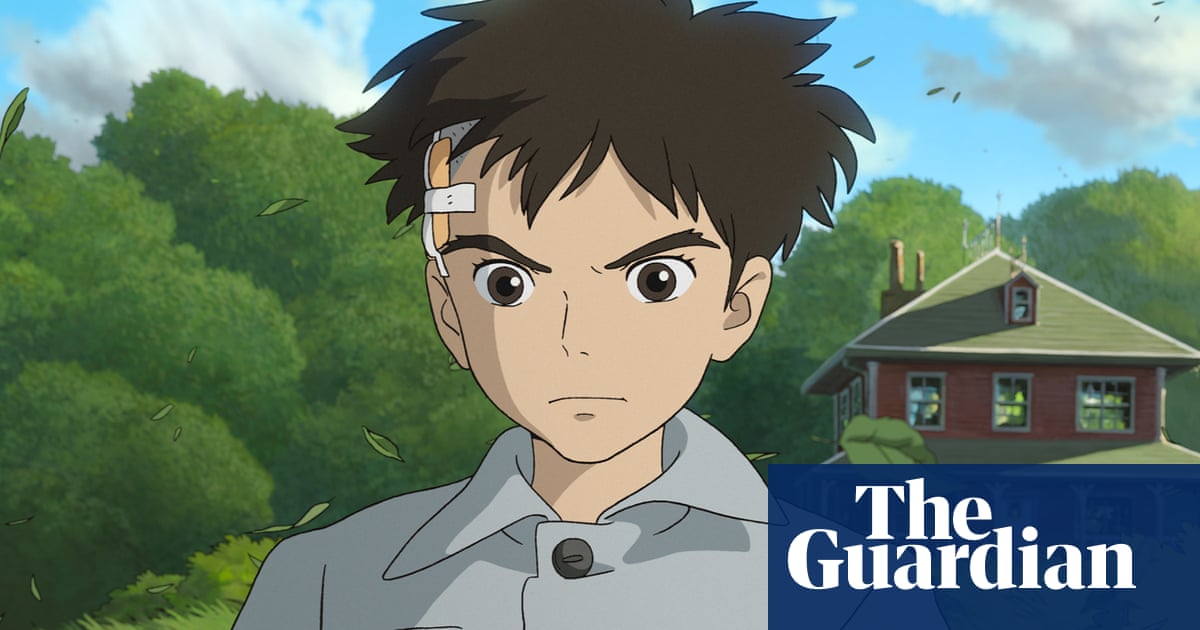
The Batman is stuffed with A-listers doing their damndest to bring something new to characters we’ve seen plenty of times before (the titular hero aside, Zoë Kravitz is the third actor to play Catwoman since 2004), perhaps the most interesting new direction in the film is for Gotham itself.
The Batman was billed as a “journey into Gotham’s dark underbelly” and that’s certainly what we got, as the action moved between a seedy mob club, to a parking garage, to the Riddler’s gross incel flat, and back to the mob club again. (In order to convey the repetitiveness of real police work, about half of the three-hour movie is Batman going to the same place, to ask the same people, the same questions. Gritty.)
Gotham on screen has always adapted to the needs of different film-makers: Tim Burton’s dark live-action cartoon meant lots of shootouts in schlocky alleys, while Christopher Nolan’s vision was heavily inspired by the grand scale of Los Angeles in Michael Mann’s Heat. For The Batman, Matt Reeves clearly wanted a more realistic take, one that evoked the city’s supposed New Jersey locale, although filming primarily took place in Chicago and Liverpool.
DC’s major rivals, Marvel, generally opt to set things in real world settings, leading to the slightly ludicrous idea that New York is rebuilt every other blockbuster season. Marvel’s main contribution to our fictional geography comes in the shape of Birnin Zana, capital of Wakanda, and home to Black Panther. While the city’s prosperity and advanced tech is very much enabled by the local abundance of Vibranium — a fictional metal both harder and more expensive than diamond — that hasn’t stopped a number of real-world city planners trying to replicate its afro-futurist design. Not least the Senegalese-American singer Akon, who announced plans to build “Akon City“, a solar-powered “real-life” Wakanda on 2,000 acres of coastal land in Senegal. According to the Washington Post, he has secured $4bn of the $6bn investment necessary to build it.
Such investment is, of course, helpful — but Akon’s idea is lacking the most crucial element for a fictional city. A cool name. King’s Landing, Hogsmeade, Bikini Bottom, Zion from the Matrix, The Capitol, all three of GTA’s main locations: Liberty City, Vice City and San Andreas. Hell, a trip to Houstatlantavegas, the composite stripper-city of Drake’s sordid imagination (where the lights are bright and the money’s so right) feels real enough after a long week at the grindstone.
Perhaps the most famous of them all is Springfield. Despite being a cartoon city, with yellow inhabitants, it has come to represent “Anytown, USA” better than any real place ever could. Indeed, Matt Groening deliberately chose the name in the hope that “everyone will think it’s their Springfield” (there being at least 34 towns in 25 states with the name). And given its fame and its locations’ presence on everything from postcards to monopoly boards — there was even a replica Simpsons’ house in Nevada — it’s arguably as real a place as anywhere.
But while Springfield may be the most iconic fictional conurbation, it is polluted, poorly run and employment opportunities are subject to the whims of an evil 104-year-old billionaire. So, like Gotham, it’s not somewhere you’d actually want to live. Sunnydale, a town that might be more to your taste – pretty decent unless you’re unlucky enough to be chosen to battle vampires (or you happen to be best mates with someone who is). Twin Peaks too has its charms, and Star Wars capital Coruscant looks exactly like the futuristic Rome you’d expect to be the seat of government for an intergalactic civilisation. That is until the prequels end of course.
My personal pick? Hill Valley: the archetypal vision of 1950s California from Back to the Future. Who could say no to thick shakes, real fat burgers, and the chance to be the inventor of rock’n’roll? Not me. If only I could find my flux capacitor …












